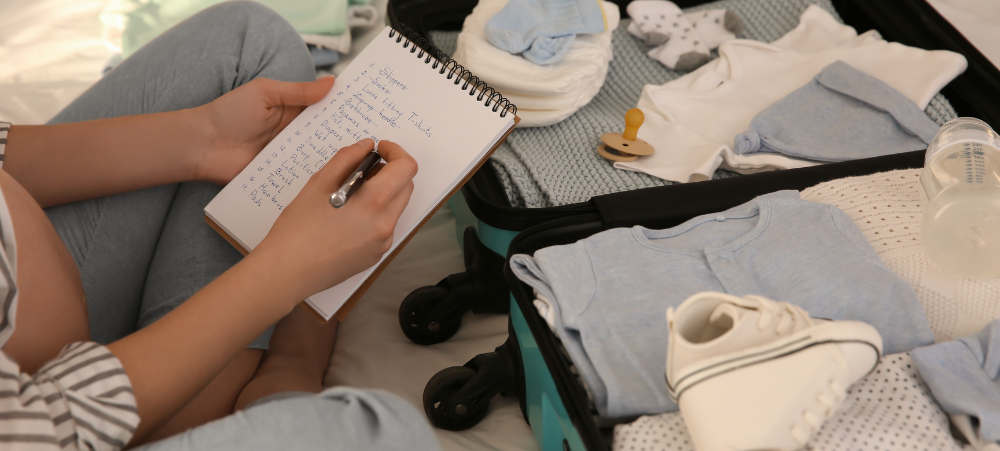Autism Spectrum Disorder (ASD) is a complex neurological condition that usually develops in childhood. ASD is a neurodevelopmental disorder characterized by difficulties with social interactions and communication and the presence of repetitive and restricted behaviours. As awareness about the condition has grown, so has the recognition that autism isn’t an intellectual disability and can occur in people with average and above-average IQs.
Autism diagnosis rates have tripled in less than two decades. Approximately 1 in 44 children are identified as having ASD. Boys are four times more likely than girls to be diagnosed with autism. Autism affects all ethnic and socio-economic groups. Most ASD cases are idiopathic (a disease or condition which arises spontaneously or for which the cause is unknown). Approximately 15% to 20% of ASD cases are caused by specific genetic mutations. Some of the genes involved in ASD include ADNP, ARID1B, ASH1L, CHD2, CHD8, DYRK1A, POGZ, SHANK3, and SYNGAP1. In most individuals with ASD caused by rare gene mutations, the mutations occur in only a single gene. Both, 16p11. 2 deletion and duplication have been associated with the risk for autism spectrum disorder (ASD). Other deletions that are associated with ASD are 3q29 deletion and 1q21.1 deletion.
There is no cure for Autism, however, various treatments and therapies assist with the day-to-day lives of people with ASD. Currently, several clinical trials are investigating the use of stem cells derived from cord blood and/or cord tissue. These trials are designed to ease or decrease the symptoms of ASD and are not cures.
In future, there remains a strong need to generate supporting scientific data on stem cell therapy for use in ASD. The studies that have been conducted thus far, showing proof of clinical improvement, have not been standardised, there is therefore a need to collect further data. Various stem cell types have been used, and different routes of administration (intravenous/intrathecal), dosage levels, and duration of treatment were used. Additionally, the time to follow-up needs to be more standardised, and only then will it allow for the accurate assessment of long-term outcomes and comparisons of different choices and procedures of transplantations with respect to ASD treatment.
Clinical studies have been undertaken using different sources of stem cells, i.e. bone-marrow, umbilical cord blood-derived stem cells, and cord tissue-derived stem cells. These studies focused on alleviating ASD symptoms by modulating inflammatory processes in the brain. In most of these studies, significant improvements were reported in the first few month’s post-infusion. These were also sustained and measurable after 12 months. Children with higher baseline nonverbal intelligence percentages showed greater improvement. The clinical studies mentioned above reported no severe adverse events after cell transplantation and encountered only minor adverse events, such as nausea, vomiting, and pain at the site of injection.
These preliminary clinical trials provide us with an encouraging opportunity for the application of stem cell therapy in the treatment of ASD. However, only with additional neuro-rehabilitation such as behavioural and speech therapy, sensory integration, or psychological intervention, etc., which will support the efficacy of stem cell therapy, will the full potential of this type of treatment of ASD be realised.
Breaking news (2022): Rutgers scientists studied neural precursor cells (NPCs) – of patients with ASD. They discovered the NPCs – that create the three main kinds of brain cells: neurons, oligodendrocytes, and astrocytes – either overproduced or underproduced the number of permanent brain cells. These NPCs are formed prenatally during a period that stretches from the end of the first trimester through the second, about weeks eight to 24 of the 40-week gestation period of a human fetus.
The scientists say this data might in the future assist in identifying a “biomarker, which could signal when to introduce therapy or to identify signalling pathways for drug targeting in future.”
References
- Lord C, Risi S, DiLavore PS, Shulman C, Thurm A, Pickles A. Autism from 2 to 9 years of age. Arch Gen Psychiatry. 2006 Jun;63(6):694-701.
- Hyman, S.L., Levy, S.E., Myers, S.M., & AAP Council on Children with Disabilities, Section on developmental and behavioural paediatrics. (2020). Identification, evaluation, and management of children with autism spectrum disorder. Paediatrics, 145(1), e20193447.
- https://www.rutgers.edu/news/stem-cells-either-overproduce-or-underproduce-brain-cells-autistic-patients
Our ISO 9001 accredited, state-of-the-art laboratory is always prepared for emergencies and capable of international sample shipment. We're dedicated to bringing the promise of regenerative medicine to every family, focusing on more than just stem cell storage – it's about investing in your family's future health and well-being.
- CryoSave South Africa: A Trusted Choice for Safeguarding Your Baby’s Future with Stem Cell Banking - June 26, 2024
- Revolutionizing Blood Cancer Treatment: Cord Blood Transplants Provide Hope for Non-Matched Patients - June 19, 2024
- Unlocking the Future of Healthcare: What is Cord Blood- and Tissue Stem Cell Banking? - June 12, 2024





